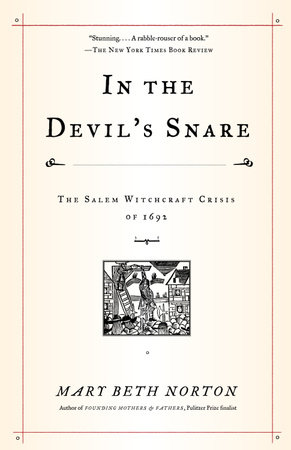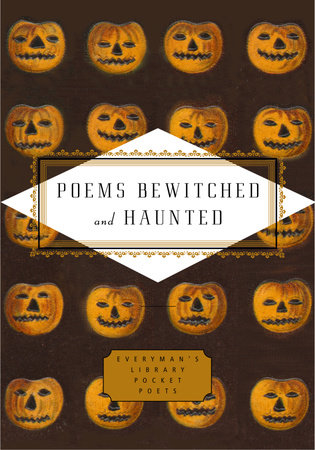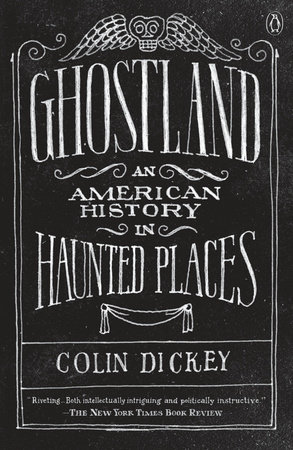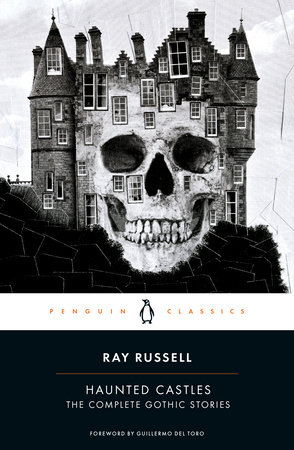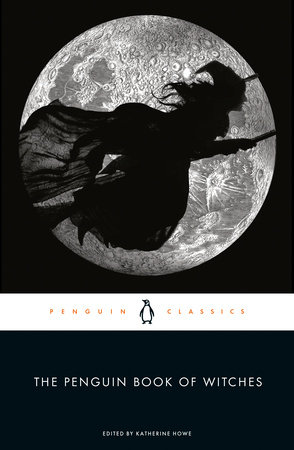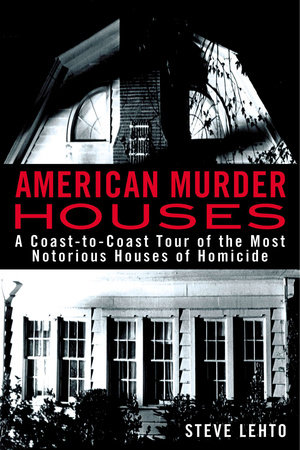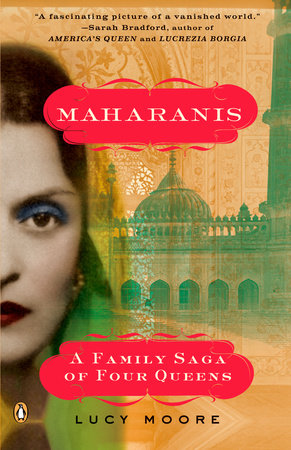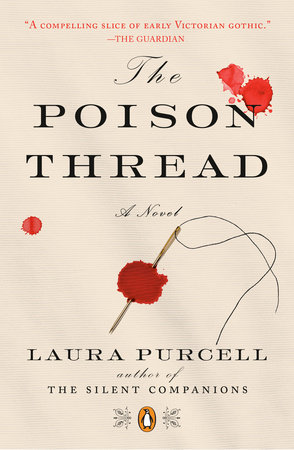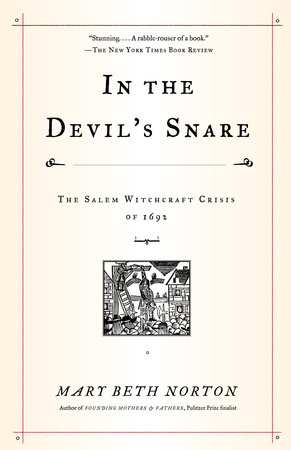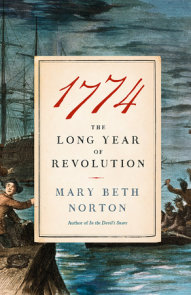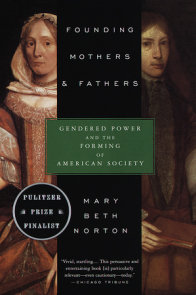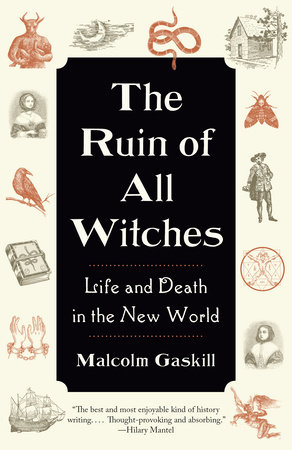The Story Behind In the Devil’s Snare
In the mid-1980s I first realized that the full story of the Salem witchcraft crisis of 1692 had not yet been told when I read an unpublished dissertation by Carol Karlsen (later published as her influential book, The Devil in the Shape of a Woman), which compiled data about all witchcraft prosecutions in New England in the seventeenth century. Karlsen’s convenient tables revealed–although she failed to comment on this in the text–that the Salem prosecutions had many characteristics that differed from previous cases. Among these were the facts that the accused women were of all ages (whereas in other instances they clustered in middle age); that more men were accused than at other times; that the accusers tended to be unmarried women in their teens and twenties rather than the previously dominant married men in their thirties; and that many more of those tried (by the special court at least) were convicted and executed than was commonly the case. Nothing Karlsen or anyone else had written at that time explained any of these anomalies.
I was then deeply engaged in research and writing another book (published by Knopf in 1996 as Founding Mothers & Fathers), so I could not pursue such issues immediately. But once I had completed that project, and having in the interim taught several undergraduate research seminars on witchcraft, I started to think about writing a book on Salem, because even though more books on the subject had been published by then–stimulated by the 300th anniversary of the trials in 1992–no one had yet focused on the questions that interested me.
Although individual interpretations of the episode differed dramatically, all the existing books told the story in essentially the same way: as a series of legal proceedings (examinations and trials) of accused women. What would happen, I asked myself, if I tried to tell the story in a very different way? What if I produced a genuinely chronological narrative that pulled apart the evidence presented in the courtrooms to describe what happened when it happened rather than when it was later described in court, which was how other authors had organized their tales? What if instead of focusing on the accused, as others had, I paid more attention to young female accusers? What if I looked carefully at those anomalous accused men, including some whose cases had not received much attention because they had never actually been tried? (Some hadn’t been tried because they had broken out of jail, presumably by bribing their jailers.)
The major surviving legal documents have been collected into a three-volume work edited by Paul Boyer and Stephen Nissenbaum, The Salem Witchcraft Papers, published in 1977 but based on transcripts made by WPA workers in the 1930s. These volumes are arranged alphabetically by the name of the accused. Yet I worked my way through the records in a different order, by date of accusation, all the while compiling first a master list of events and then actual monthly, weekly, and daily calendars laid out schematically so that I could understand more clearly what had happened, and when. As the dates began to fill in I started to get a sense of how the crisis had developed over time. Some nights I actually had difficulty sleeping because I found myself overwhelmed by the flood of accusations the magistrates had considered simultaneously on certain days. Thus I asked myself: if I am finding simply reading this material in chronological order to be so disturbing, what would it have been like to live through these same weeks? And I vowed to try to capture the feeling that would have been created in 1692 by the cascades of accusations. Every day, people would have awakened to a myriad of new horrors.
Soon I realized that the accusation of the Reverend George Burroughs, one-time pastor of Salem Village, had been crucial–that immediately after he was first named (but about three weeks before he was questioned and long before he was tried, convicted, and hanged) came the initial dramatic jump in the number of accusations filed with the magistrates. And I also concluded that the fact he had served congregations on the Maine frontier for most of his career (he had been in Salem Village for only about two years) was much more important in leading to his accusation than anyone had realized. Based on the evidence offered against him, I decided that his life as a frontier clergyman provided the key to understanding his crucial role in the Salem episode.
Then I turned to the young accusers. I had learned from Karlsen’s book that some of them were from Maine–that they were refugees from Indian wars on the Maine frontier. I started to research their backgrounds more fully and uncovered links to Burroughs and to specific events in the two Indian wars (King Philip’s War, 1675-1678; and King William’s War, 1688-1697).
At various historical archives I also pursued another line of inquiry, searching for letters from the period to find out what people wrote about the trials. At first I was disappointed, because the comments I found were not very useful (for example, merely reporting convictions or executions), but then another aspect of the letters hit home: nearly all described the latest news from the war in the north in considerable detail. People who lived in Massachusetts were clearly obsessed with the subject. This became especially apparent when I went to London to read letters from the colony that had ended up in the Public Record Office because they had been submitted to colonial officials.
Once I realized that, I was on the way to developing what I call in the book “a dual narrative of war and witchcraft.” From then on, I more or less filled in the blanks, researching the details of the northern phase of the two wars, neither of which had ever received much attention previously. I paid particular attention to the frontier experiences of participants in the Salem crisis, including judges and jurors as well as accused and accusers. Surprising connections came to light. Those mysterious accused men who were never tried, and whose accusations had not been fully explained, had played significant, sometimes suspect, roles in King William’s War. Most dramatically, the examining magistrates at Salem themselves (John Hathorne and Jonathan Corwin), had apparently helped to cause one of the greatest defeats in the war by recommending the withdrawal of a substantial militia troop just prior to a major Indian attack that killed several relatives of the accusers.
In the end, then, focusing on two previously overlooked groups of participants in the crisis–the young accusers from Maine and the accused men–and narrating the tale chronologically created a novel interpretation of what had long been thought to be well-understood events.
–Mary Beth Norton
